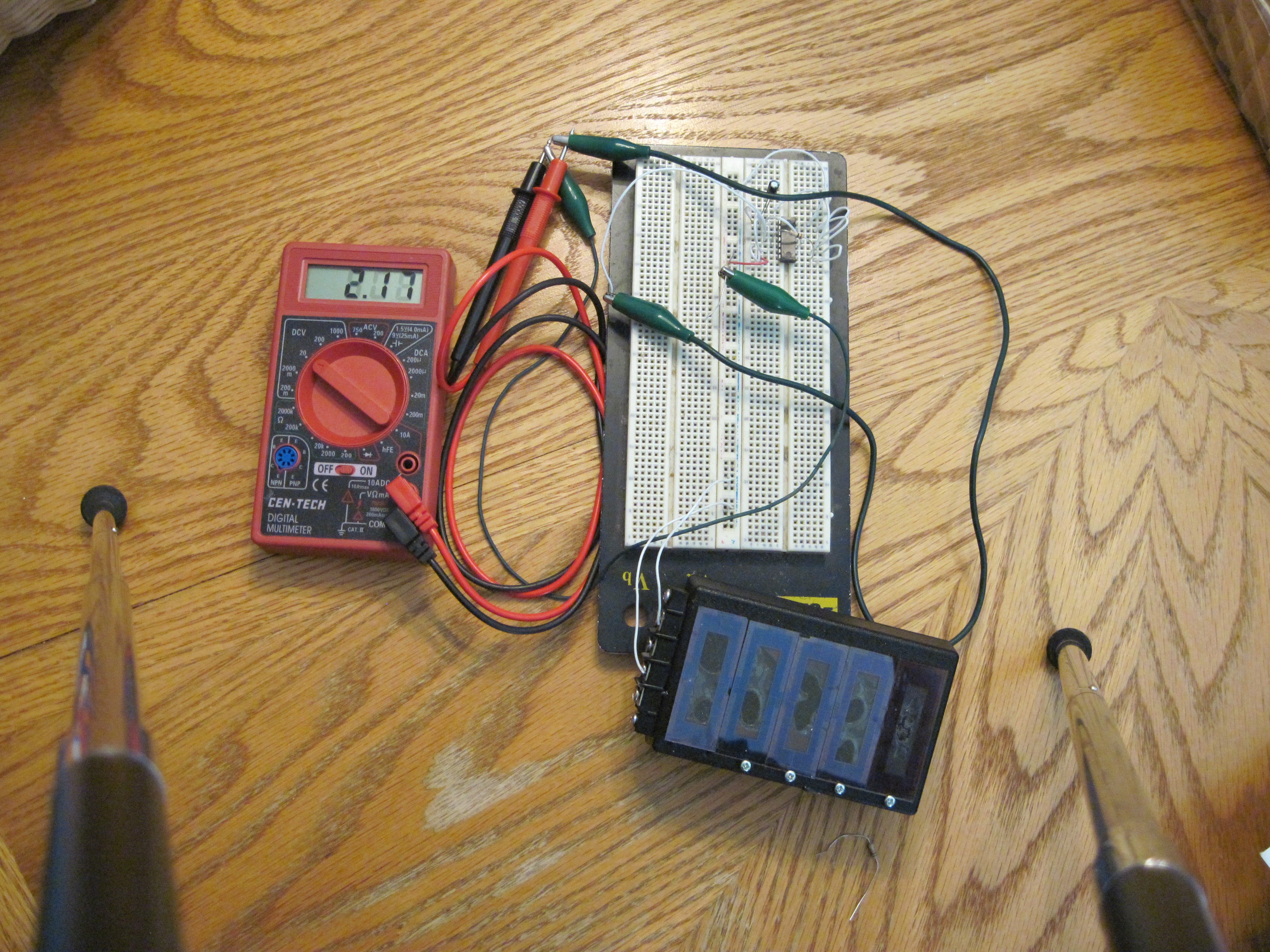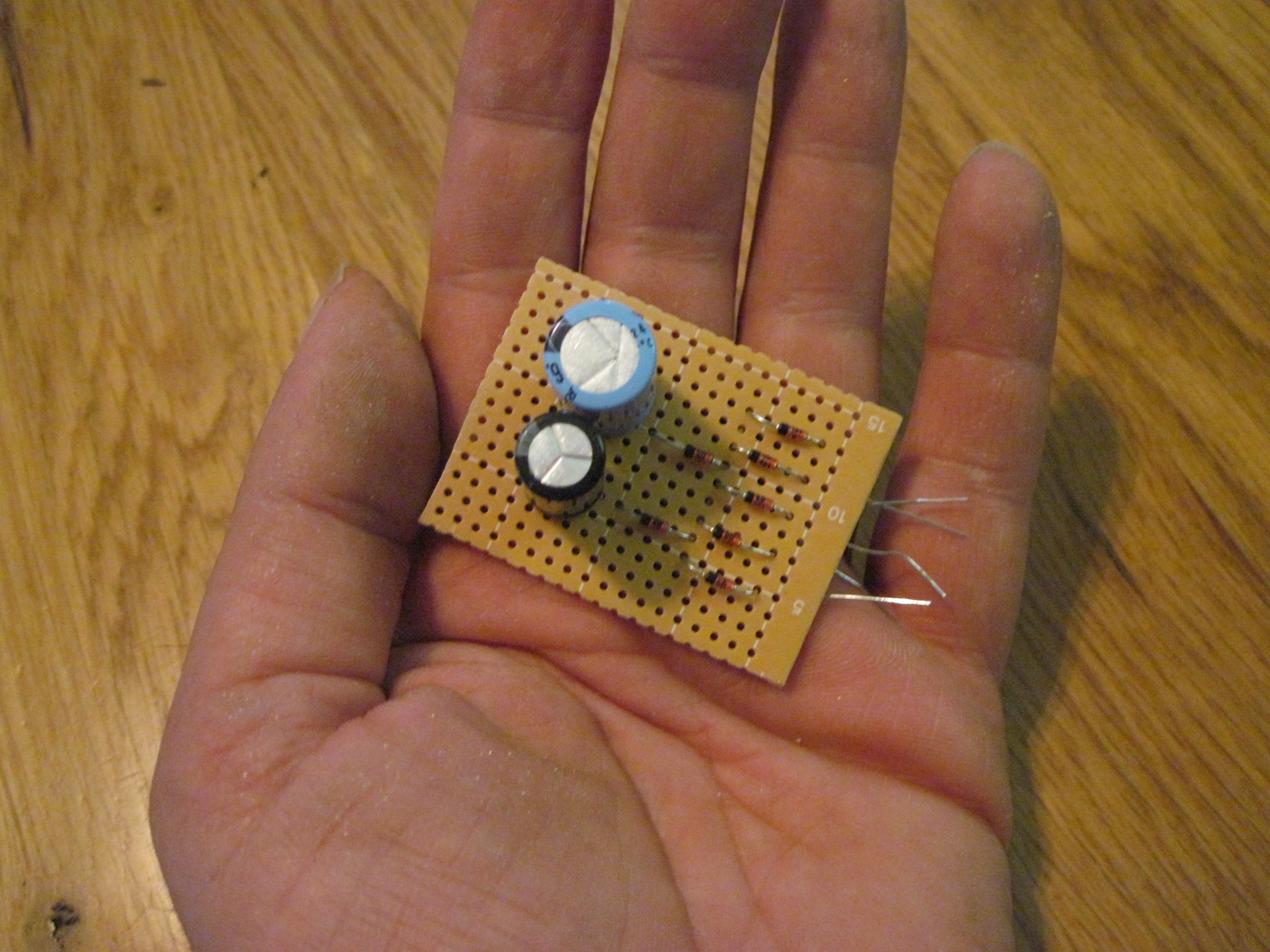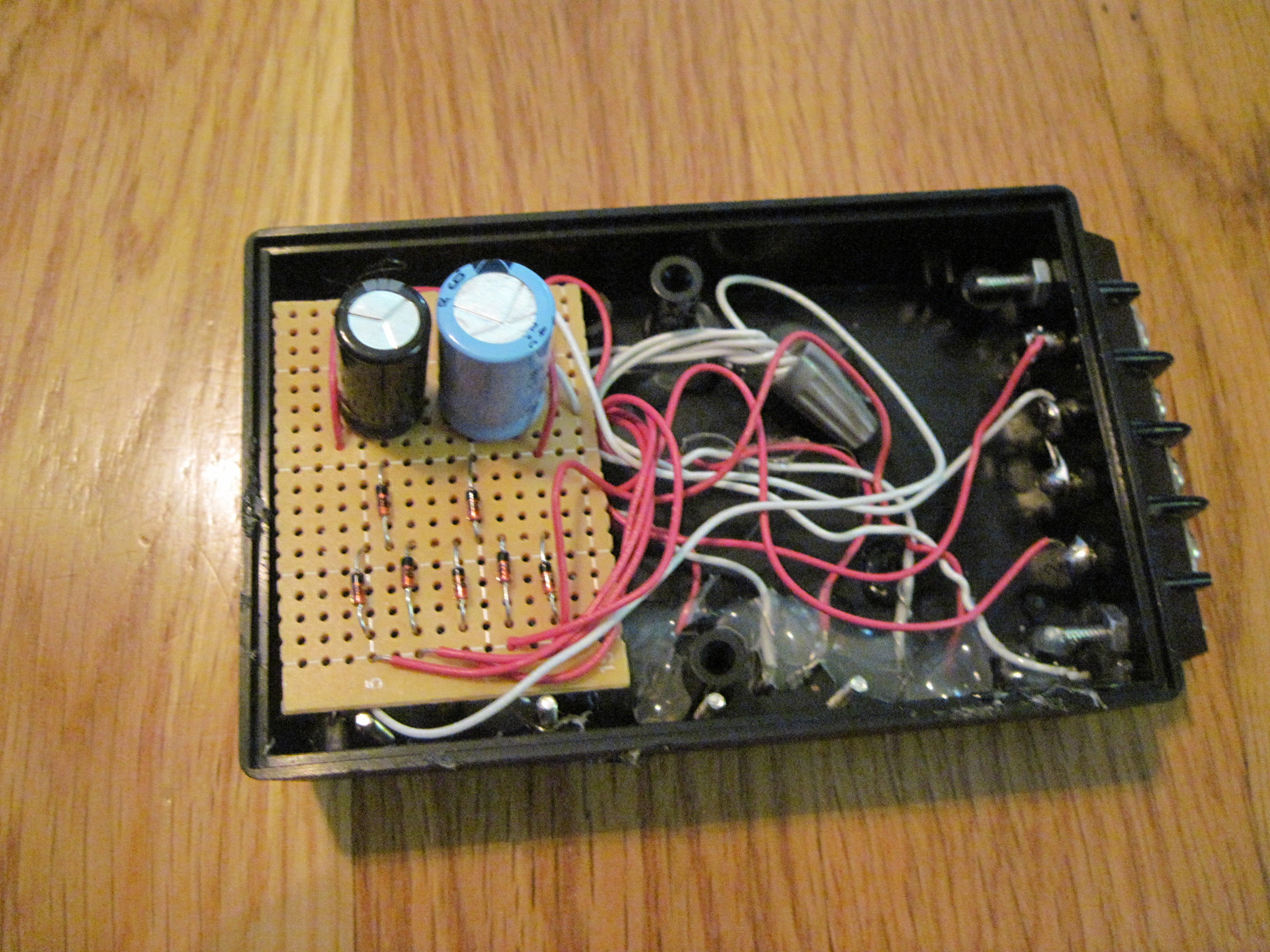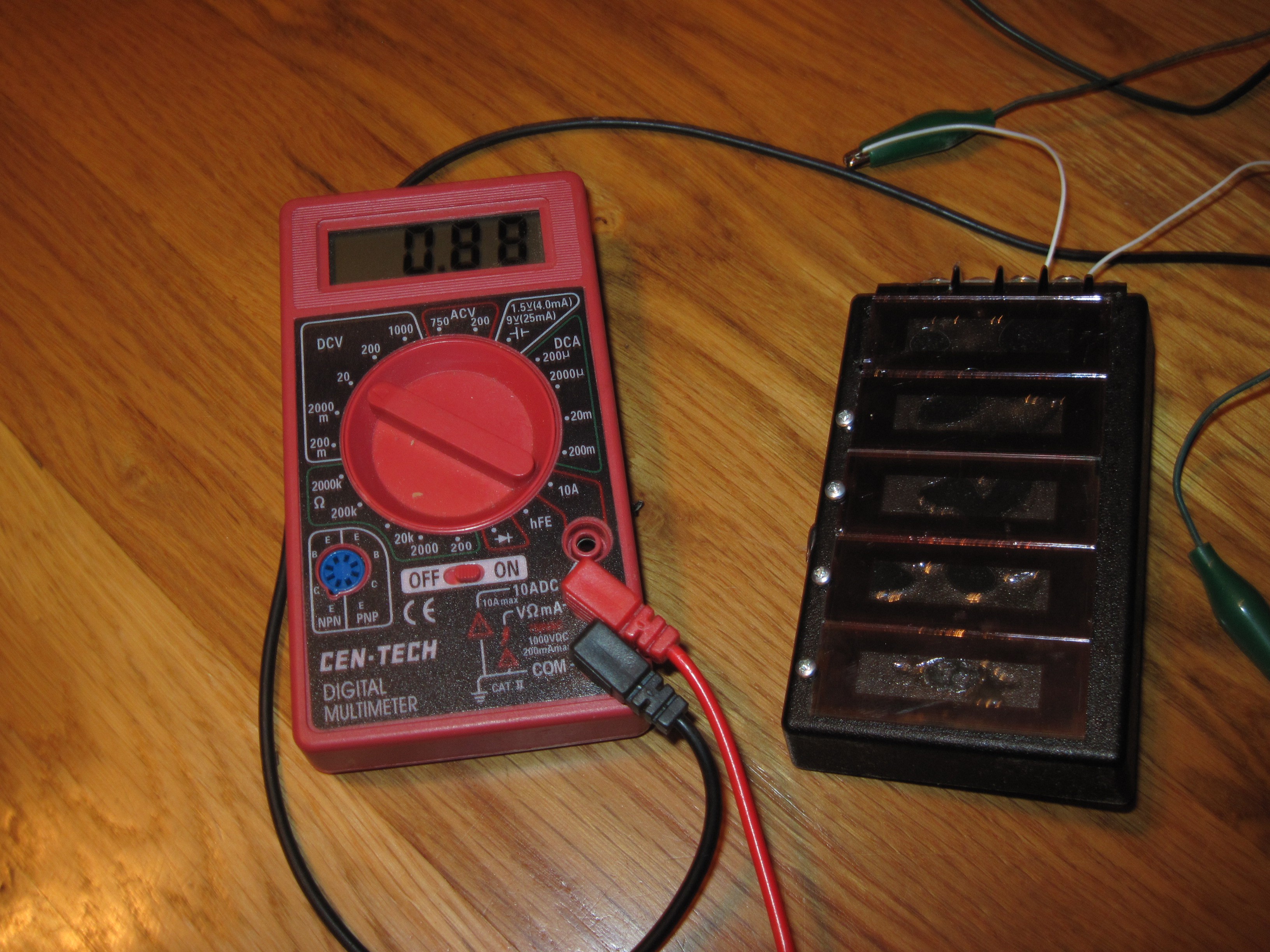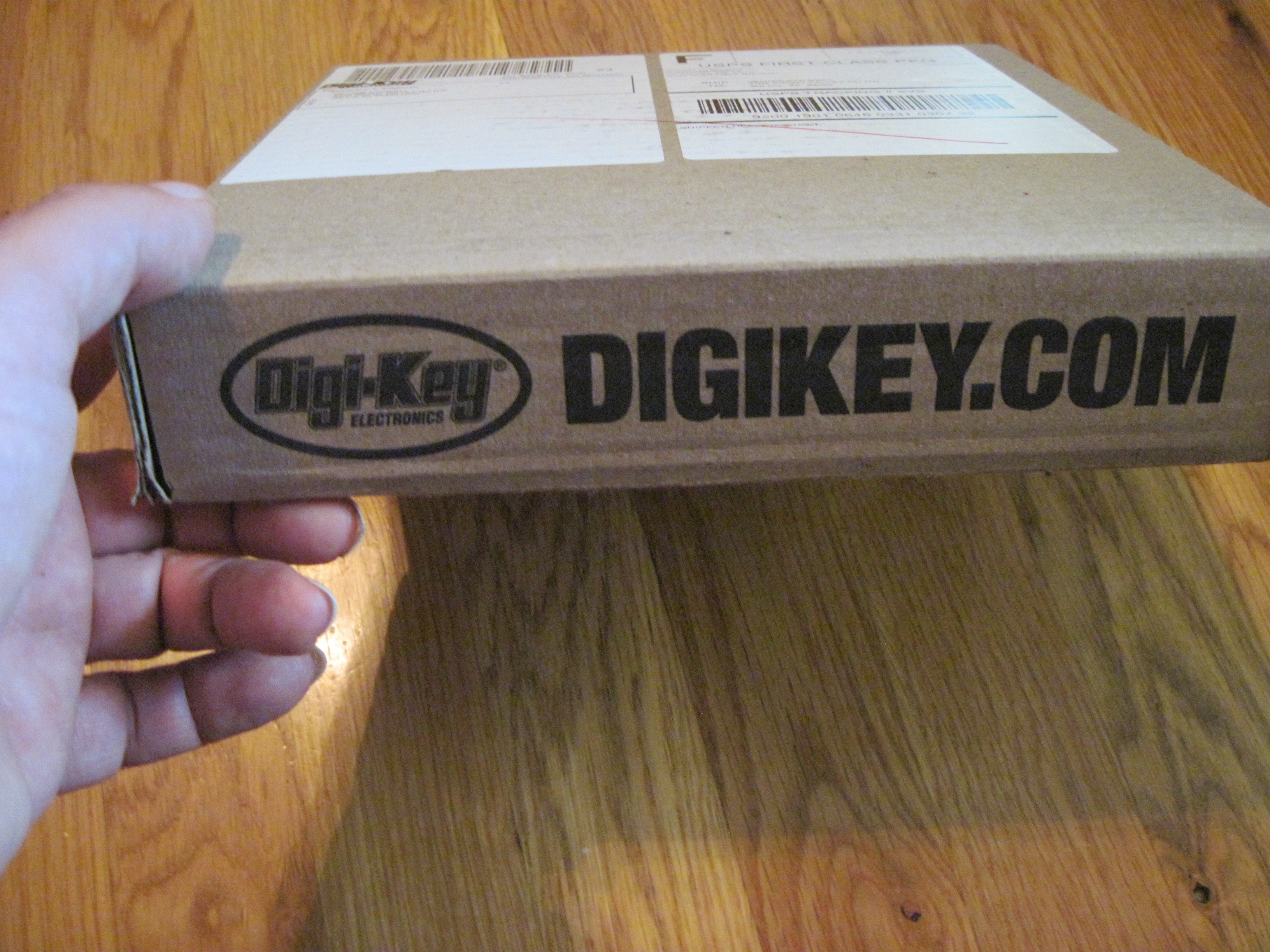-
Powering a project.
07/13/2018 at 15:44 • 0 commentsAs part of the Energy Harvesting Competition, the challenge is to “Build a module that harvests ambient power for various applications and show your module powering a project.” In this update, the Indoor Light Charged Power Supply will be powering a project and also demonstrating the Indoor Light Charged Power Supply in use as a bench top power supply for general use on low power applications.
The project is a CMOS oscillator based on a CD4001 quad nor gate built on a solderless breadboard.
![]()
CMOS chips are ideal candidates for energy harvesting projects due to their low power requirements. After wiring the above schematic on a solderless breadboard and hooking up the power, the circuit began to oscillate. It is always nice when things work. :) Check out the short video below. The meter is oscillating between 2.17 volts and 0 volts.
-
First power test of the Indoor Light Charged Power Supply.
07/12/2018 at 22:31 • 0 commentsAfter hours of sitting in indoor light to charge the super capacitor for the first initial charge, the Indoor Light Charged Power Supply is ready to test. I tested the power supply on a clock from my work bench. As expected, the output from the electrolytic capacitor powered the clock as it discharged, but when the load was removed, the charge started to build up.
With the clock connected to the super capacitor’s output, the clock was also powered but with very little drop in the super capacitor’s voltage. Check out the video.
Now, to power some micro-controller projects.
-
Assembled Circuit
07/11/2018 at 02:15 • 0 commentsHere is an assembled circuit on a perfboard. The circuit is a very simple design to make it easy for anyone to copy in their own projects. Seven schottky diodes, a 4 Farad Super capacitor and a 3000 uF capacitor, along with the solar cells, is all that is needed.
Below is a picture of the assembled unit. Not too pretty, but good enough to test the concept.
Next, set the Indoor Light Charged Power supply aside and let it charge. The initial charge time will take a while, but after charging it should be able to power a low power micro-controller easily, and the 3000 uF capacitor should be able to recharge in a few seconds. After several hours of ambient room light, the Indoor Light Charged Power supply's super capacitor is up to 880 mV, it should build up to 2 volts before use. This will take a while.
-
Parts arrived from Digi-Key!
07/07/2018 at 20:38 • 0 commentsIt’s always great when a Digi-Key box comes! Now I can build a circuit with the Schottky Diodes instead of the Germanium Diodes.
-
Repository storage
07/04/2018 at 15:27 • 0 commentsRepository storage has been added to hold files and data sheets. Also the creative commons license 4.0 details.
-
Germanium Diodes vs Schottky Diodes
07/04/2018 at 14:22 • 0 commentsIn the comments, Martin suggested using Schottky Diodes vs Germanium. They both have a low forward bias, and both would work. After searching for both types of diodes, the Schottky Diodes are much more widely available and at a lower price. The main goals of the project is to keep it as low priced as possible and make it as easy as possible for anyone to build and use in their own project, so I think it is a great idea to switch the design to use Schottky Diodes. The details and diagram have both been updated to use Schottky Diodes.
Indoor Light Charged Power Supply
Open source, easy-to-build Power supply charged by ambient indoor light to power low power micro-controller projects and an external device.
 Dennis
Dennis